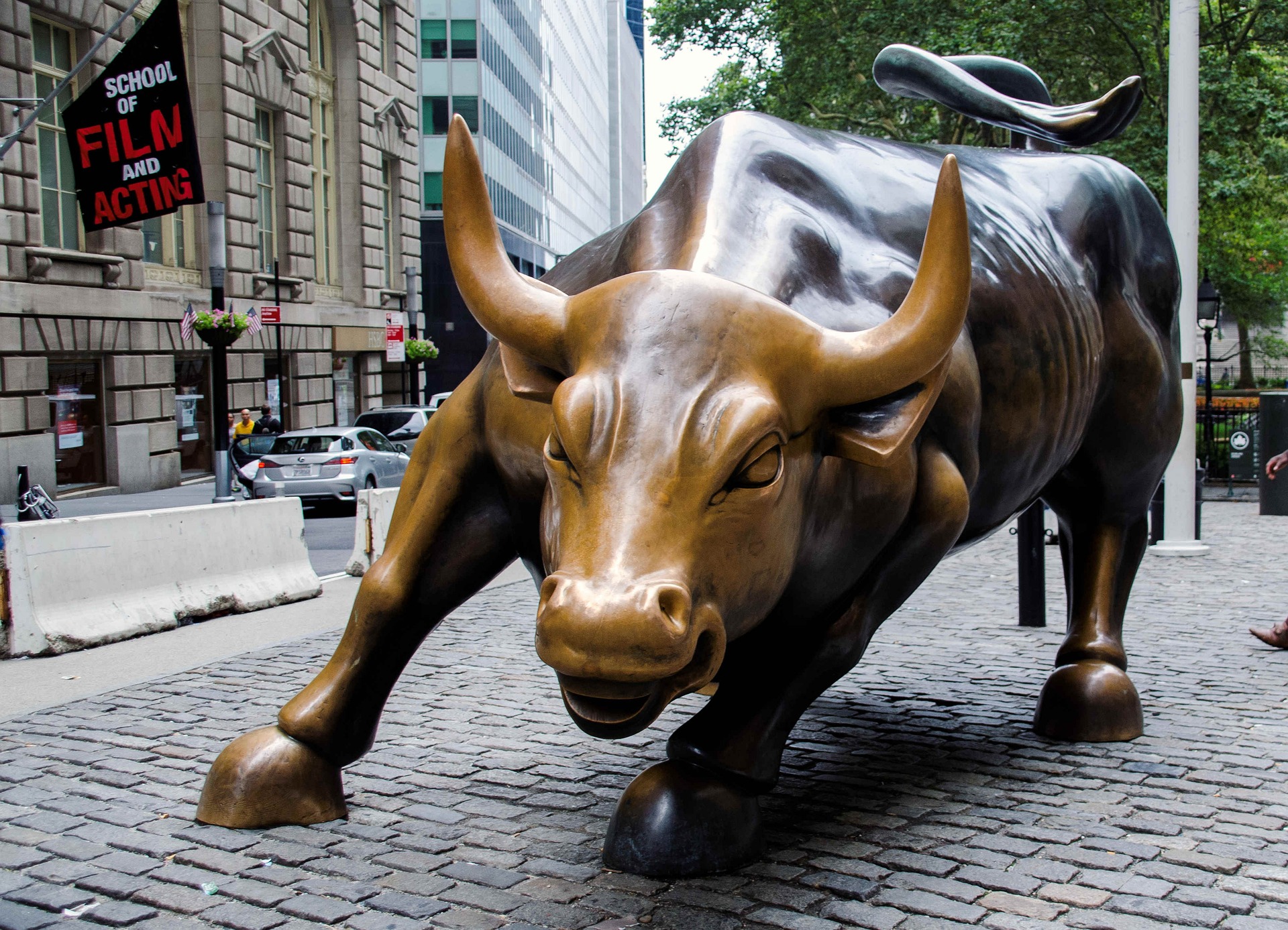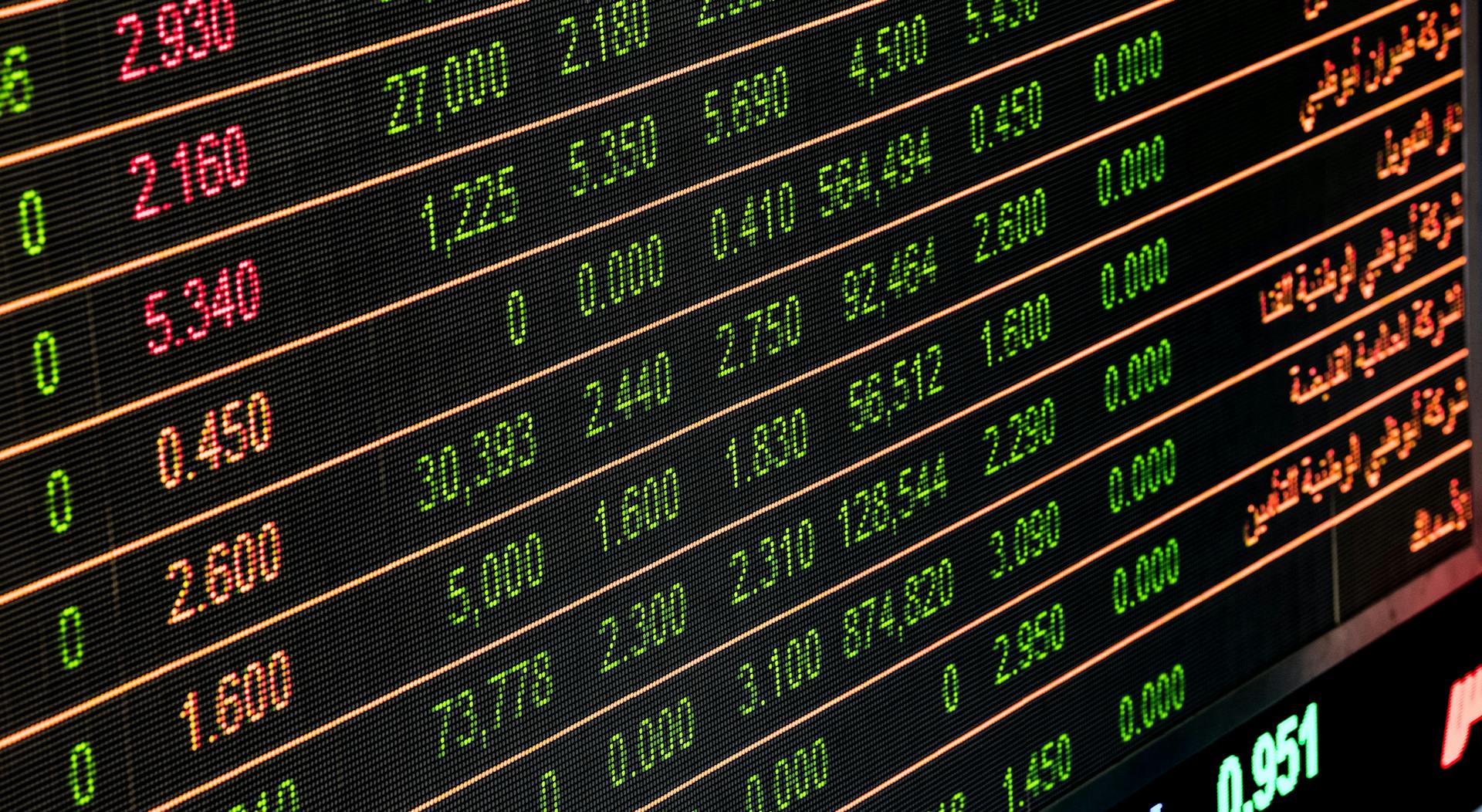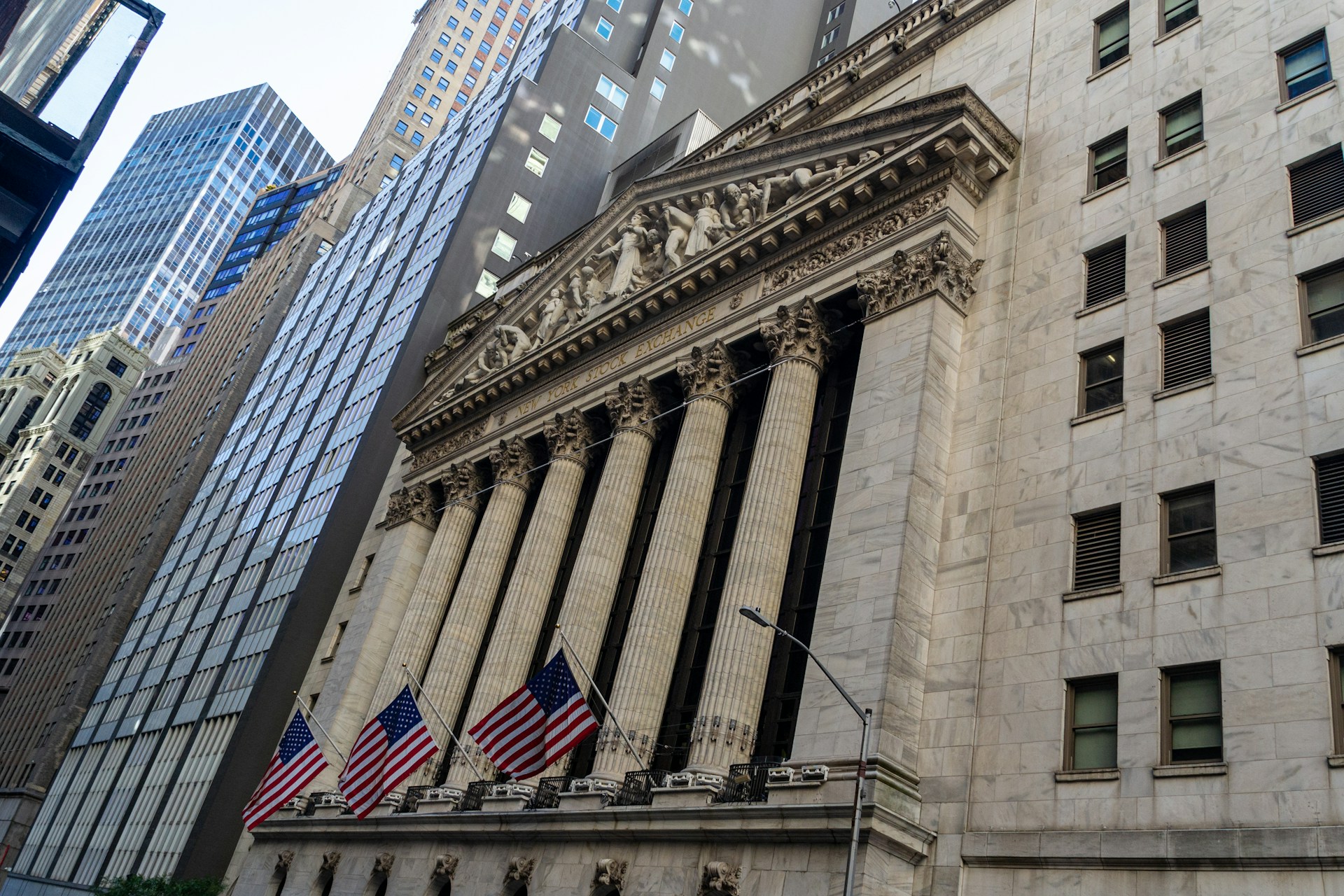In a buoyant display of market resilience, the Dow Jones Industrial Average soared by 331.37 points, or 0.85%, to conclude at 39,387.76, securing its seventh consecutive day of gains. This remarkable streak, reminiscent of December’s nine-day surge, underscores the enduring optimism prevalent among investors.
The broader market indices echoed this bullish sentiment, with the S&P 500 edging up by 0.51% to reach 5,214.08, while the Nasdaq Composite notched a modest gain of 0.27%, closing at 16,346.26.
Driving this surge were stalwart performers Home Depot and Caterpillar, each recording gains exceeding 2%, thereby propelling the Dow higher.
This upward trajectory was further propelled by fresh weekly jobless claims data, which, albeit showing the highest levels since August, reignited hopes for potential Federal Reserve rate cuts later in the year. This data, coupled with robust demand witnessed in a bond auction, exerted downward pressure on yields, with the 10-year Treasury yield dipping by 3 basis points to approximately 4.45%, and the 2-year Treasury yield following suit, down by 3 basis points to around 4.81%.
Phillip Colmar, global strategist at MRB Partners, remarked on the market’s reaction to the jobless claims data, noting, “A bit of softness in the data gives the Fed a window to follow through with its dovish bias.” He emphasized that as long as bond yields remain non-threatening, the prevailing sentiment is a resounding green light for risk-taking.
However, amidst this exuberance, a fresh batch of quarterly earnings reports tempered some of the market’s enthusiasm. Warner Bros Discovery, despite missing expectations, managed to eke out a 3% gain. Conversely, semiconductor company Arm stumbled, shedding over 2% due to lackluster revenue guidance. Meanwhile, Airbnb faced a steep decline of over 6% following disappointing guidance, overshadowing its first-quarter beat.
The day’s developments weren’t confined to earnings reports alone. In a significant move, the nation’s largest banks submitted assessments of potential climate-related issues, highlighting the growing recognition of environmental risks within the financial sector.
As the markets closed, traders took stock of the day’s events, with the Dow settling at 39,387.76, the S&P 500 at 5,214.08, and the Nasdaq Composite at 16,346.26.
The day’s proceedings exemplify the intricate interplay of economic indicators, corporate performance, and investor sentiment that define the dynamic landscape of financial markets. And as the trading day draws to a close, investors brace themselves for the opportunities and challenges that tomorrow may bring.
In a highly anticipated development, the nation’s leading banks have embarked on a rigorous assessment of their exposure to climate-related risks. JPMorgan Chase, Bank of America, Citigroup, Wells Fargo, Goldman Sachs, and Morgan Stanley have all diligently submitted their analyses of potential impacts stemming from disruptive climate events.
Released on Thursday, this long-awaited report offers a comprehensive overview of the challenges encountered by these financial behemoths in navigating the complex terrain of climate risk assessment. Setting it apart from routine stress tests, the Federal Reserve provided a broad evaluation of the submitted plans, refraining from assigning grades but illuminating the overarching themes.
Among the key hurdles faced by the banks are notable “data gaps” and intricacies in modeling, particularly evident in scenarios depicting a major hurricane striking the Northeastern United States and other customized events.
Despite these obstacles, there’s a resolute commitment among participants to integrate climate scenario analysis seamlessly into their risk management frameworks in the coming years. This forward-looking approach underscores a collective resolve to enhance preparedness and fortify resilience against potential climate-related disruptions. As part of this proactive stance, the institutions signal a readiness to allocate additional resources to bolster their capabilities in scrutinizing and mitigating climate-related risks effectively.







